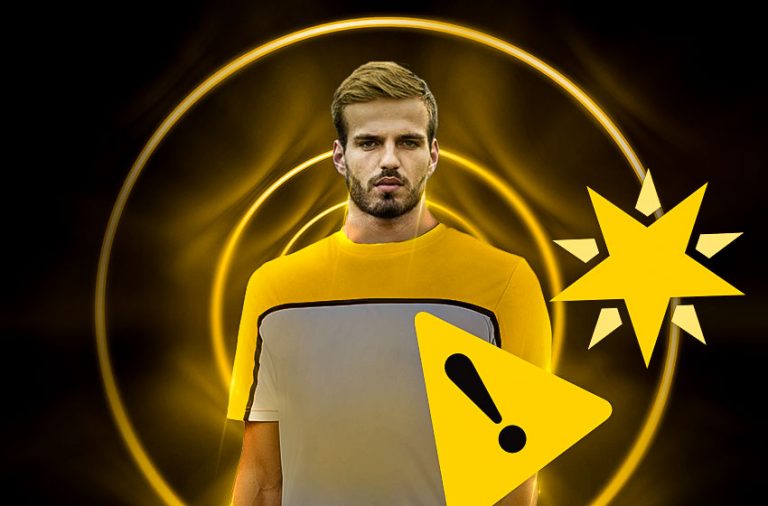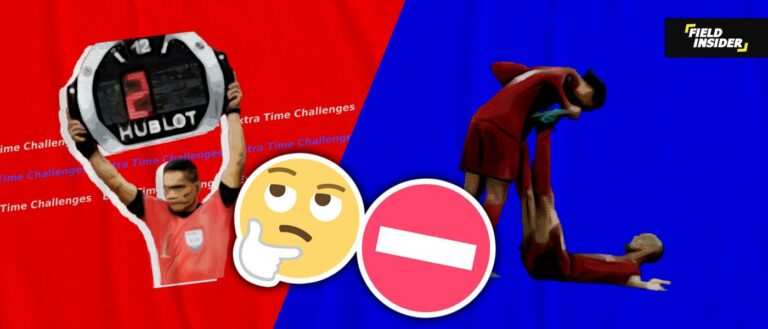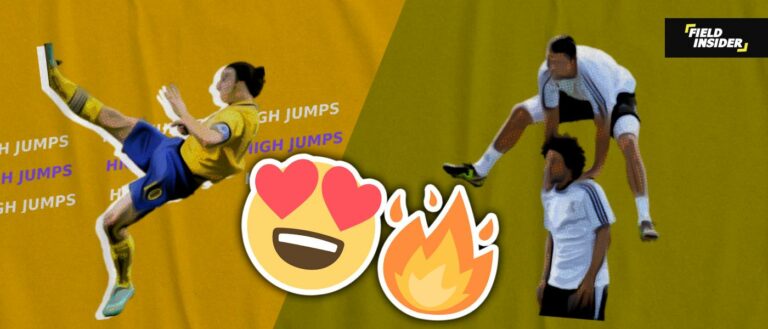The Different Levels In Youth Soccer? – Detailed Guide
Soccer, which is played and loved by millions around the world, is a true source of global unity. Despite the fact that it began many years ago and has seen many ups and downs, it still has the largest fan base of any sport. Adult Soccer Leagues have a massive budget, which comes as no surprise.
The gradual increase in budgets at the various levels of Youth Soccer Leagues may surprise you the most.
Since 2018, there has been a general trend of an increase in new registrations in Youth Soccer Clubs, indicating a growing craze of youngsters for Soccer. Continue reading with us!
benchmarks for the parents:
If your child wants to join a Youth Soccer Club simply because he enjoys the game or wants to pursue Soccer as a career, you must have profound knowledge in;
- Nature of Play
- Categories in Youth Soccer
- Levels in Youth Soccer
- Credentials required from your Kid to enroll in any soccer club
- Necessary Equipment For Playing Football
So, to assist you, we’ll go over several Youth Soccer Levels;
How are they created? What are the specifications of each level, and how does each one help players prepare for the next? Various levels in youth soccer, in particular, are developed to make young athletes technically sound and to instill in them a sense of adoration and delight in the game of soccer.

So, let’s start;
Division IV Recreational 10U-Younger
Fun training sessions and short demonstrations are provided. Children grasp the basics of soccer. Coaches make every effort to the maximum participation of children in the game.
Division IV Academy 7U-10U
Trainers are permitted to teach individual skills to 7U-10U players in a team training format in the fourth-division academy programs. This level of play is available to clubs through an application process.
Division III Recreational 11U-19U
This division includes players who enjoy the sport for its social aspect and are interested in skill development. Each player is required to participate in at least 50% of the game.
Division II Competitive 11U-19U
Players who want to continue honing their skills are permitted to advance to this level.
Super II Competitive 11U-19U
Players are chosen from a larger pool based on their talent and ability. Teams participate within the district, which necessitates more time and effort in terms of travel and exposure.
Division I Competitive 11U-19U
Division I is the highest level of competition for in-state players, and players are chosen from across the state. The criteria for selection are based on a player’s ability, skill, and dedication to the sport. The practice and game schedules are more demanding. At this age group, no playtime is required.
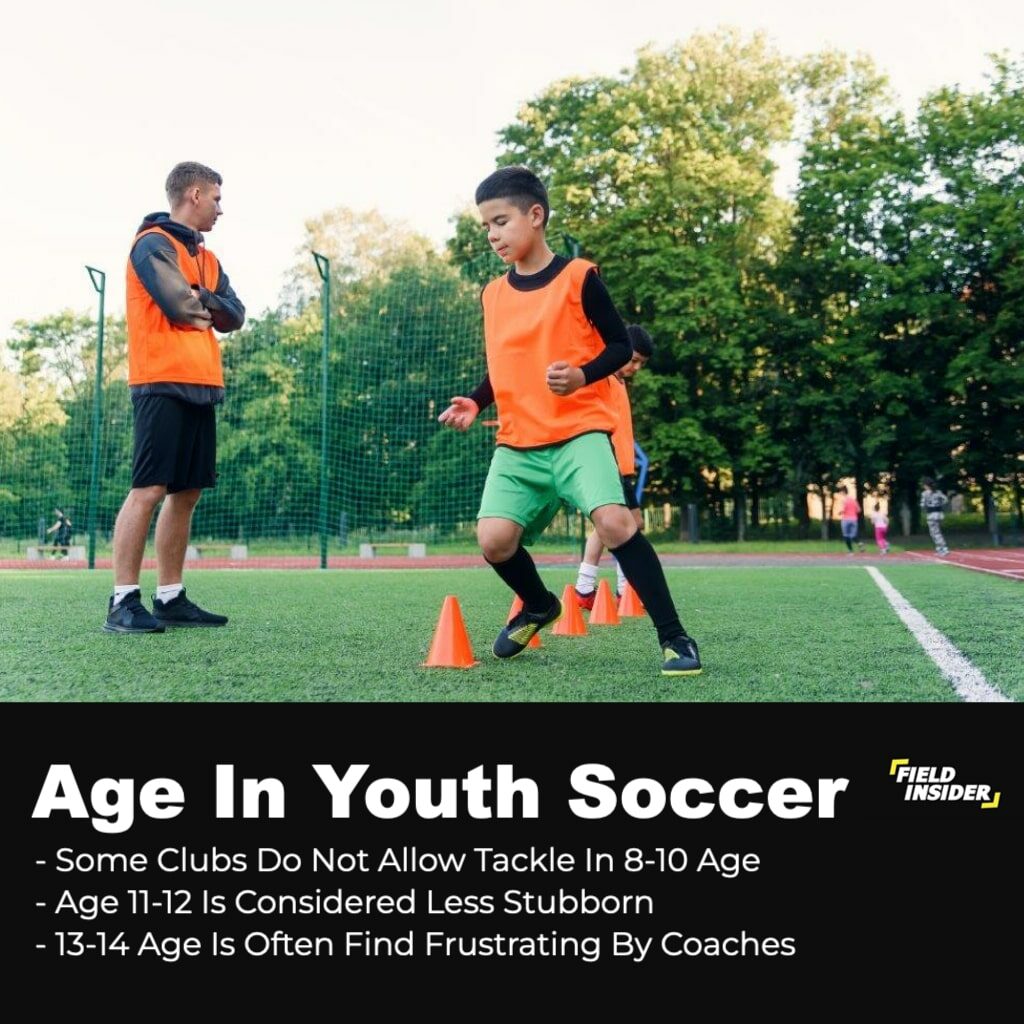
Age Classification in Youth Soccer
In this case, age group variation is primarily determined by the league type.
Age 8-10
Most clubs do not allow players aged 8 to 10 to tackle children, but some clubs allow 80 percent of their children to play in the same manner as adults. The best practice is to limit the majority of the exercises to smaller competitive groups for up to 10 minutes.
from the coach’s pov:
The coaches enjoy working with this age group because they are energetic and naturally have some bad habits, but the good news is that they are eager to learn and thus responsive and respectful to authority.
Be patient with this age group; they may put you to the test. Children have a strong desire for prizes and rewards, so when given the opportunity to win prizes, this age group performs well.
Age 11-12
Because some of them have already played in the 8-10 age group, this age group is more mature and less stubborn than the 13-14 age group. So, yes, they do pay attention to coaches. Sometimes they do things their way rather than listening to their coaches, which can be strange.
But don’t worry, as these habits can be left behind by setting proper and clear standards regarding accountability, techniques, and discipline. It takes complete dedication on the part of the coaches to train the players to their full potential.
from the coach’s pov:
Coaches must ensure that the necessary standards are set for everyone in order to keep the players in shape. Praise rewards for exceptional performance, and error correction will help them develop and reach their full potential.
Age 13-14
This age group is difficult and frustrating for the coaches. Children may exhibit unusual behavior, which is usually due to a lack of interest in the sport. This is also the age of puberty, which must have an impact on the child’s psychology because dealing with it alone can be stressful.
the delicate period:
At this age, children are exposed to a variety of stimuli that may result in the portrayal of disrespectful behavior. A lack of essential parental support also results in players losing interest in the sport. In other cases, children do not develop much and remain weaker for their age group.
They are trolled or bullied by other teammates, and because they are unaware of their situation, they lose interest.
Slowly developing players realize that they cannot continue playing soccer. They begin to lose hope and, as a result, lose interest. Coaches must be more dedicated and caring to them because their concentration is slipping.
They may sustain injuries, be chastised by their parents for poor grades, deal with family issues, or take medical leave. As a result, it becomes increasingly difficult for them to continue. Some players are weak, insecure, and lack confidence, but they still want to play. Such players require special consideration.
from the coach’s pov:
Terrorism among players can be lethal on the field; all you have to do is motivate them and make them believe in themselves. Many soccer players have exceptional intelligence and skill. They would almost certainly try to use their own ideas instead of following the instructions.
The coaches should persuade them to follow the correct strategy and share their ideas with them if they have any. Listening to such a player has a significant influence on their confidence and future performance.
Age 15-19
At this age, players are more sensible and have reached a certain level of maturity. The players take the sport seriously, which is beneficial to the coaches.
A strict schedule and even diet plans are adhered to. Training time can also be increased to 1.5-2 hours per day, depending on the intensity of the schedule.
Most clubs provide scholarships to members under the age of 16. Players intend to join other clubs and pursue other opportunities. Training is more difficult, and drills are more frantic. Those who want to play soccer as a career achieve their full potential and make their mark in Youth Soccer Leagues.
from the coach’s pov:
The coaches communicate with their players on a higher level. This is due to the fact that they are being trained for under-19 tournaments. Open-age football is also played by players over the age of 16. Coaches concentrate on team skill development. At this level, new techniques and strategies are introduced.
training technique:
Several training techniques are observed in this age group, the most elite of which are as follows:
- 1v1 Diamond Shooting Drill
- 7v7 Scrimmages
- To lines or small goals
- Attack vs Defence
- Four corners passing game
- Shooting and defending drills
diet:
Balanced diet plans are intended to keep players physically fit and healthy so that their bodies are not stressed, that they perform well in drills, and that they present the best version of themselves on the soccer field. Players in this age group must follow a diet that contains 60-65% carbohydrates, 20-25% fats, and 10-15% protein.
After years of conditioning through a well-versed system, players who have been with the club since the age of 13-14 have a well-developed soccer sense.
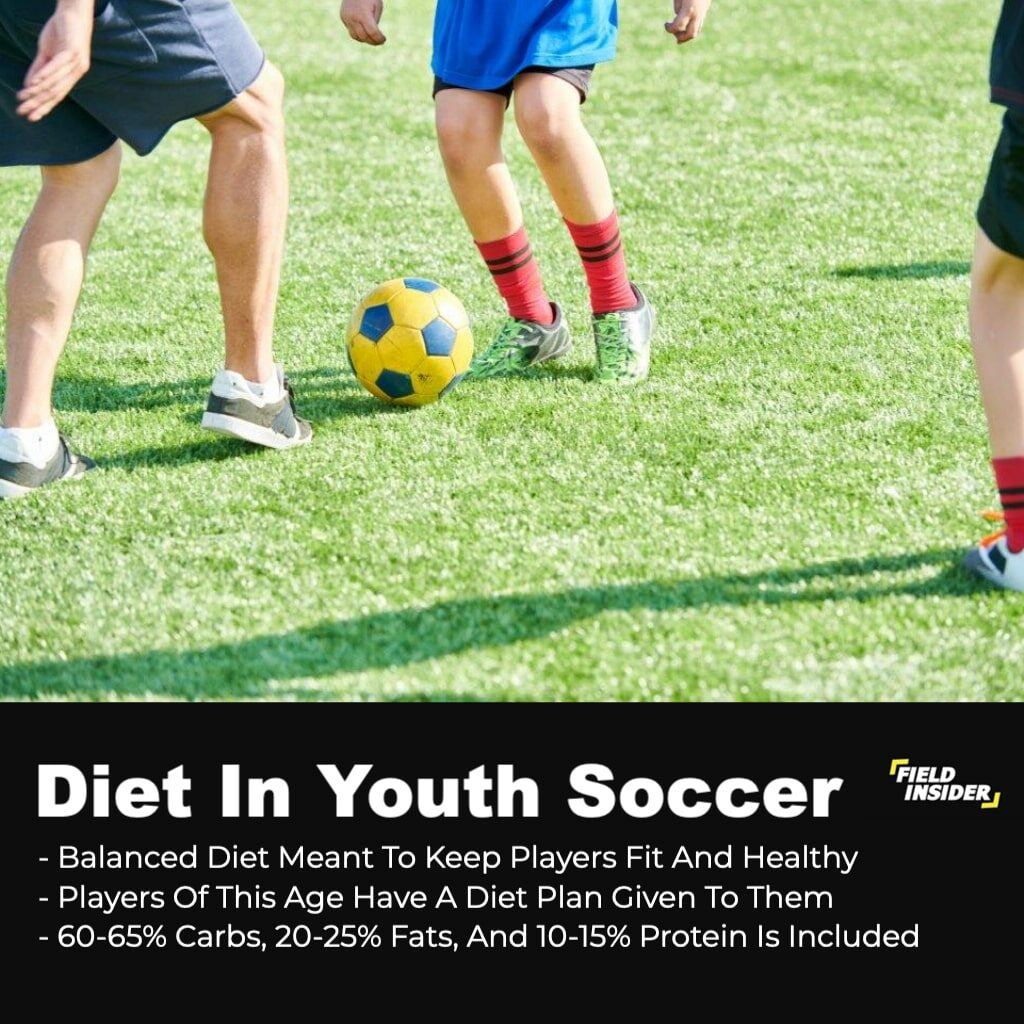
Can Children Skip Youth Soccer Levels Despite their Age?
This one is still up for debate. Some coaches and experts will tell you that yes, a child can skip levels if they are skilled and mature enough to handle the higher level of play. Others will argue that a child should not skip levels because they will miss out on important opportunities for development.
the reason behind age grouping:
Youth soccer age groups are in place for a reason, and it’s critical to consider all of the factors before deciding to move a child up. It is ultimately up to the parents to determine what is best for their child. Before making a decision, consult with your child’s coach or another expert if you have any questions or concerns.
Conclusion
To summarize, different age groups exhibit different behaviors based on their maturity level and interest in the sport. Being the brightest is highly valued in society.
Children are identified at a young age as to whether they prefer sports or academics. Those who are interested in the sport have an advantage.
The age group 8-10 is the most laid-back, 11-12 is enthusiastic about sports, 13-14 has various issues and frequently exhibits strange behavior, and 15-19 is mature and more passionate about sports.
As a Guardian, you must do your homework before allowing your child to participate at any level in a youth soccer club. Don’t be careless in your efforts to fulfill your child’s desire to join the club. The importance of player development must be recognized over the importance of winning.





